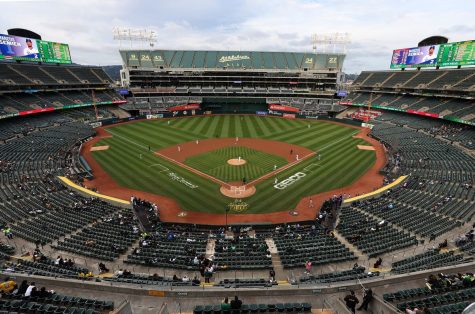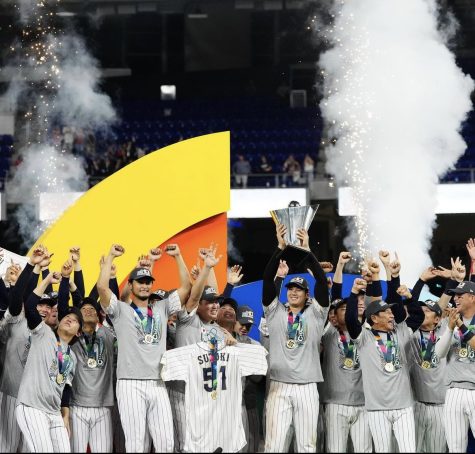The Intentional Walk Takes a Walk
Baseball has always been a sport based on tradition. The sport has been passed down from father to son and from generation to generation. Since the inception of the game, there has been a specific set of rules, and they have always been followed. Since the inception there has always been a tactic called “the intentional walk”. A manager used this tactic to avoid throwing strikes to a dangerous hitter or to avoid a player getting a hit when he could put him on base for a possible double play situation. It has also been used to insult the player in the on- deck circle. The whole point to an intentional walk was that the fan got the experience of seeing four intentional balls thrown to the batter. The pitcher is used to throwing strikes throughout the game, so throwing intentional balls might be a little tricky. These balls could lead to wild pitches that allow the runners to advance, or the pitcher could leave one hanging over the plate and cause havoc for the fielders that are not paying attention. We saw this type of scenario this past season with New York Yankees Rookie Gary Sanchez. Sanchez was being set up for an intentional walk but a pitch got too close to the plate, and Sanchez almost hit a homerun. This goes to show that anything can happen during an intentional walk, but that is about to change in the 2017 season.
The Intentional Walk Takes a WalkThe four-pitch intentional walk and all its glory is now erased from the game, thanks to new pace of play rules outlined in the new CBA. The manager will now have to signal to the umpire and the batter will automatically be placed on first base. MLB has stated that eliminating the four pitches will cut off a minute of dead time per walk. There has been mixed reactions throughout the MLB regarding this decision. Managers around the league have said they don’t mind the change because kit still has the same effect. The players on the other hand tell a different story. Jason Kipnis recently tweeted “But I’ve scored twice on an overthrow during an intentional walk”, this goes to show that the players often enjoy the effects of a botched intentional walk. One player that should be ecstatic about this decision should be Bryce Harper of the Washington Nationals. Last season Cubs manager Joe Maddon intentionally walked Harper four times in one game and kept doing it throughout the series. This tactic threw Harper off his game and contributed to his decline during the rest of the season. With this rule change, Harper won’t have to suffer the mental pain of seeing four intentional balls thrown at him any longer. This decision goes hand and hand with MLB’s new initiative to try and make baseball faster and easier to watch. There have been rumors that MLB might cut the game from nine innings to seven innings, raise the strike zone, and limit the number of coach’s visits to the mound. A lot of changes have been proposed, but the elimination of the four-pitch intentional walk is the first step taken to initiate baseballs need for change. MLB’s main focus is to try and get fans back to America’s original pastime. Over the year’s football and basketball have taken over the top two spots in American sports solely because there is a lot more action in those respective sports. The NBA and NFL have capitalized on their fast-paced game by evolving to serve the new generation. Nowadays a common baseball regular season game last an average of three hours. A playoff game and games that end in extra innings could even last four to five hours. In today’s fast paced environment that is almost an eternity, and a lot of young viewers lose interest or they just don’t have time to watch. A lot of traditionalist do not like these proposed changes because they feel it violates the integrity of the game, but in order for MLB to get back on top they must evolve and change In order to serve the needs of the new generation.









